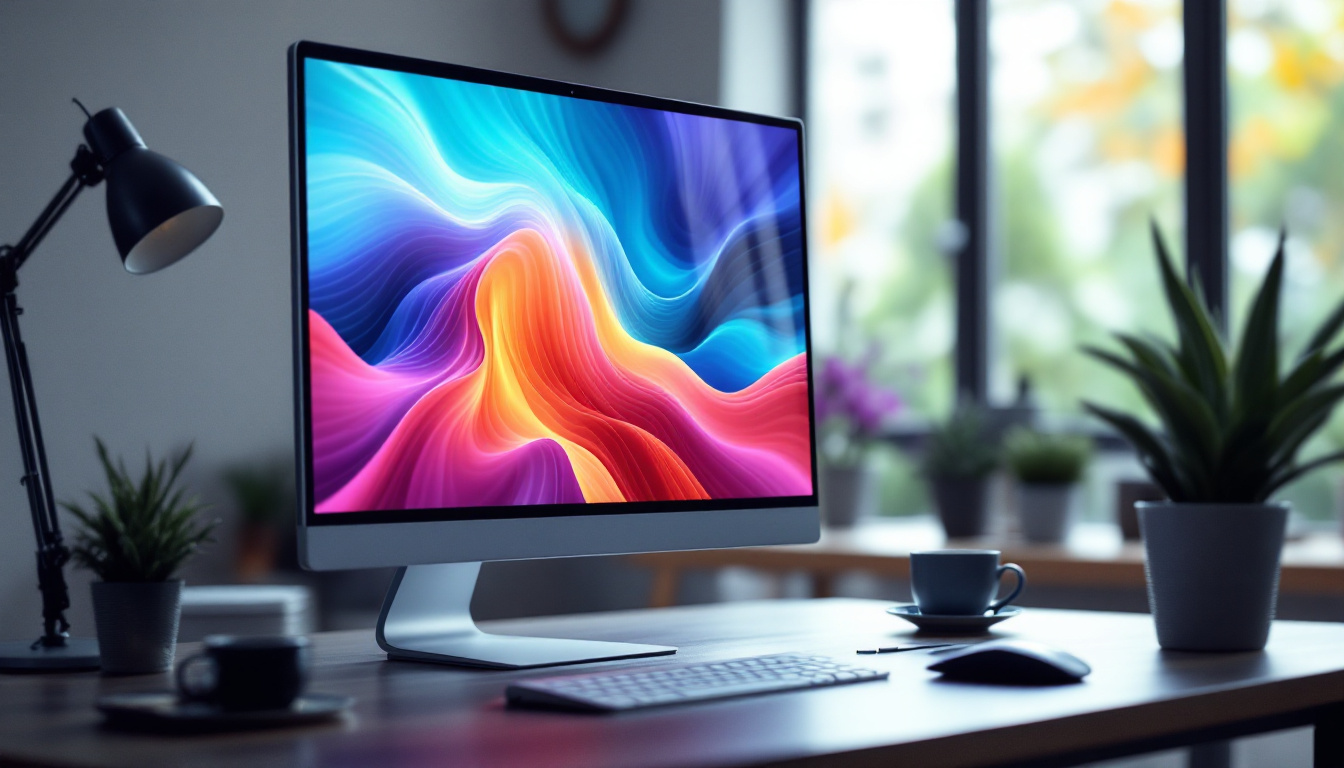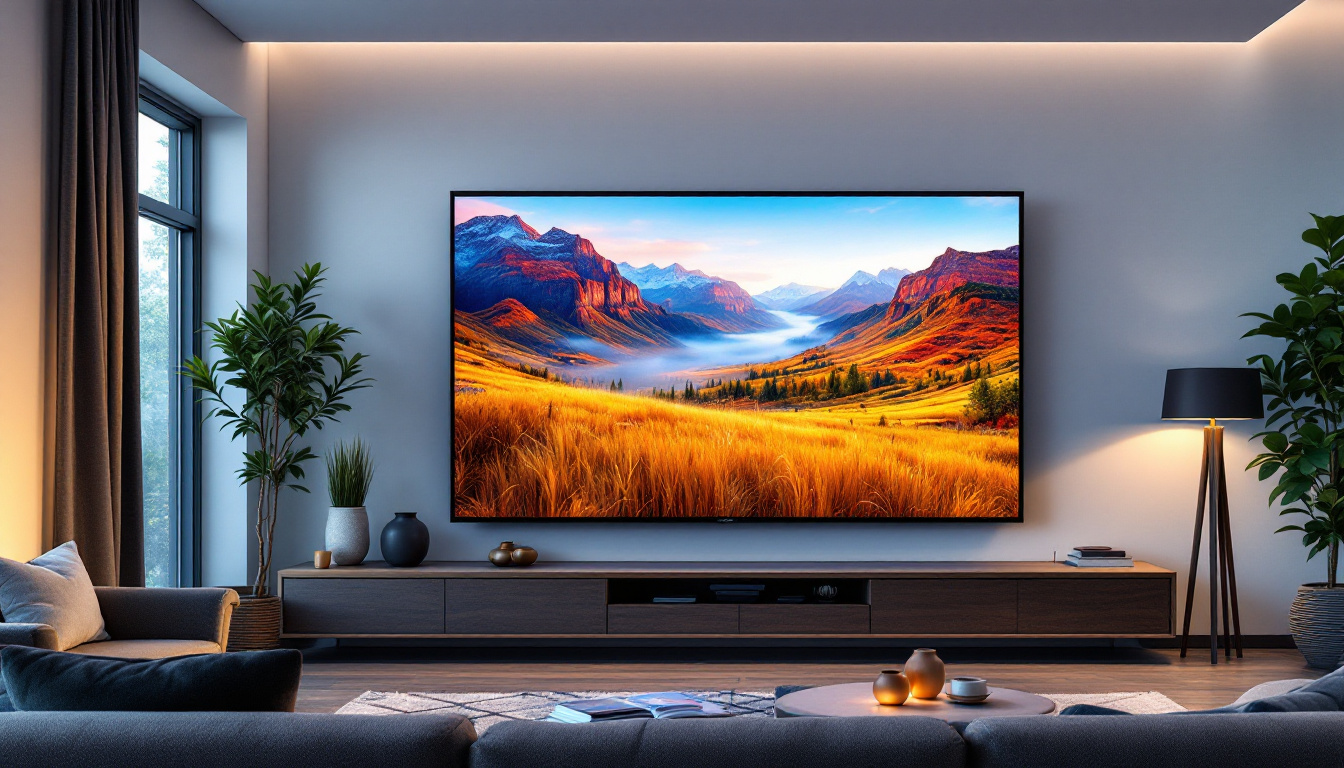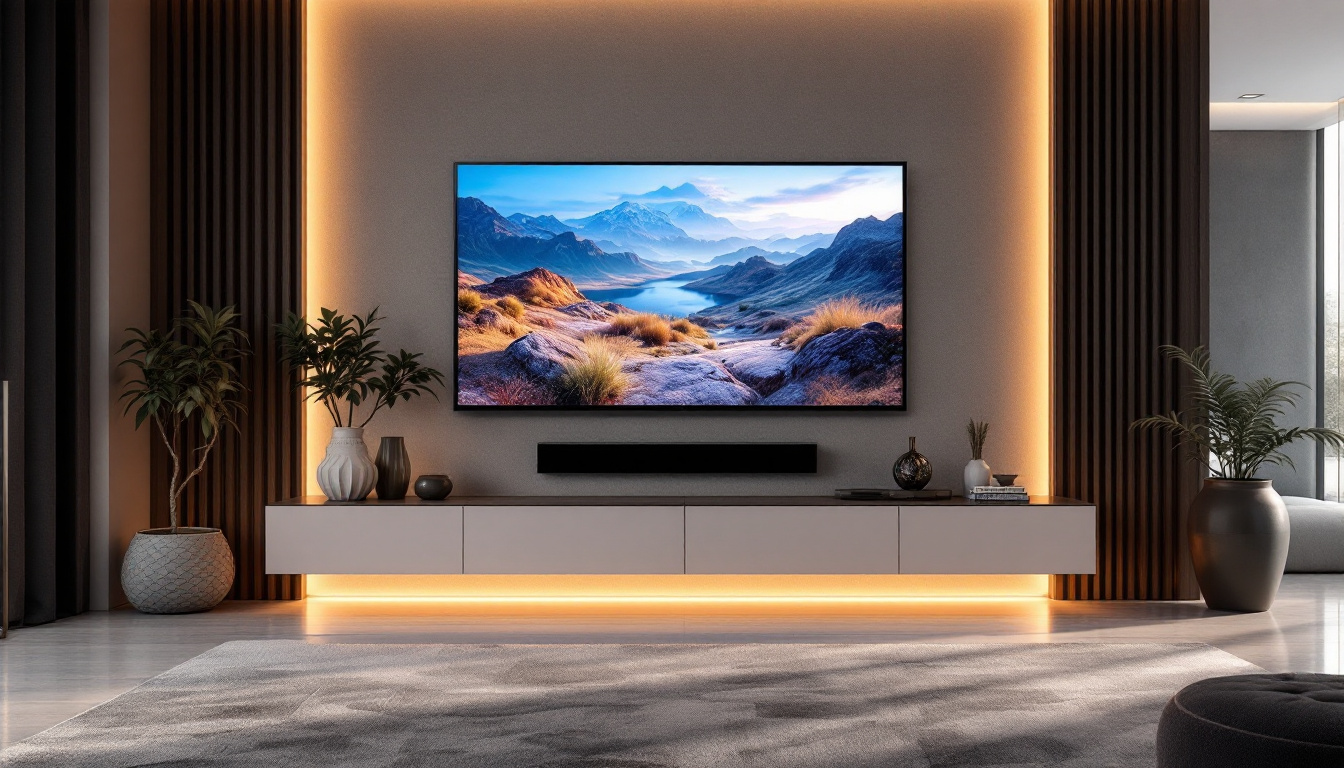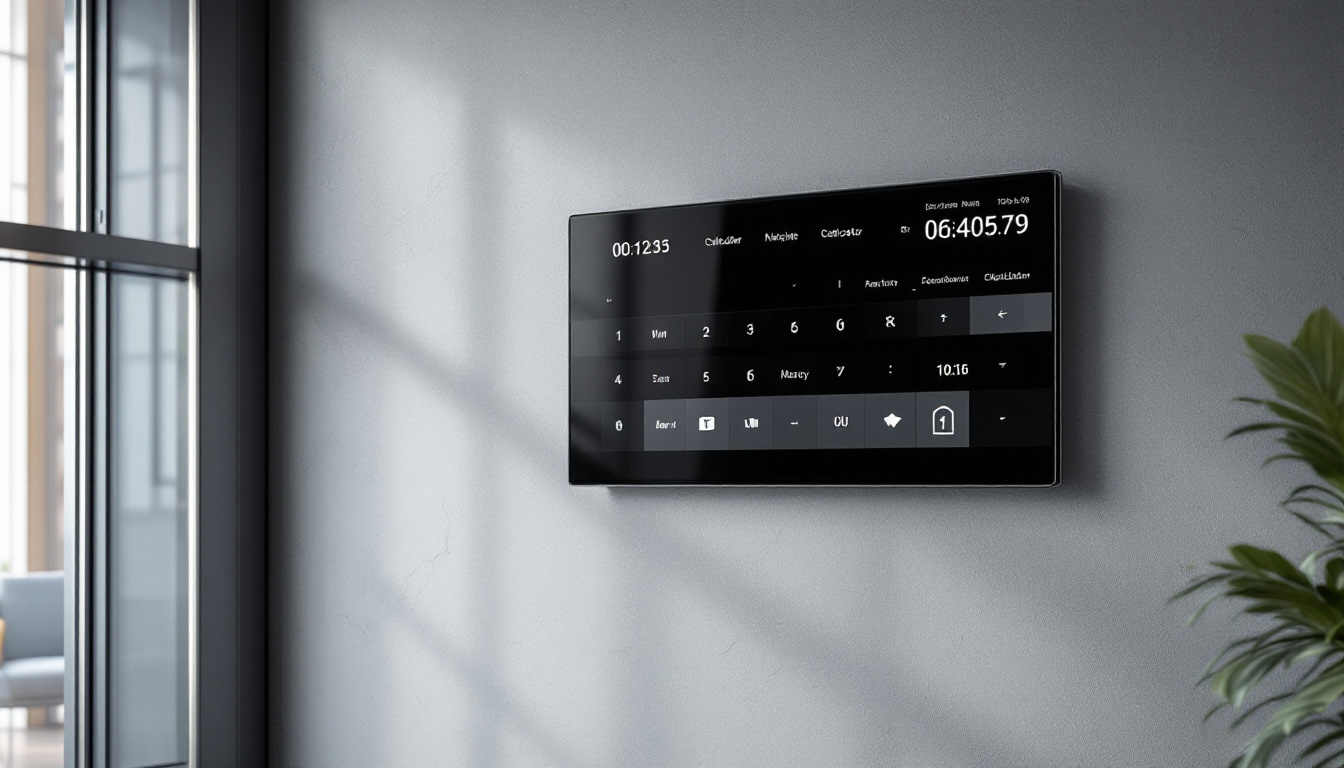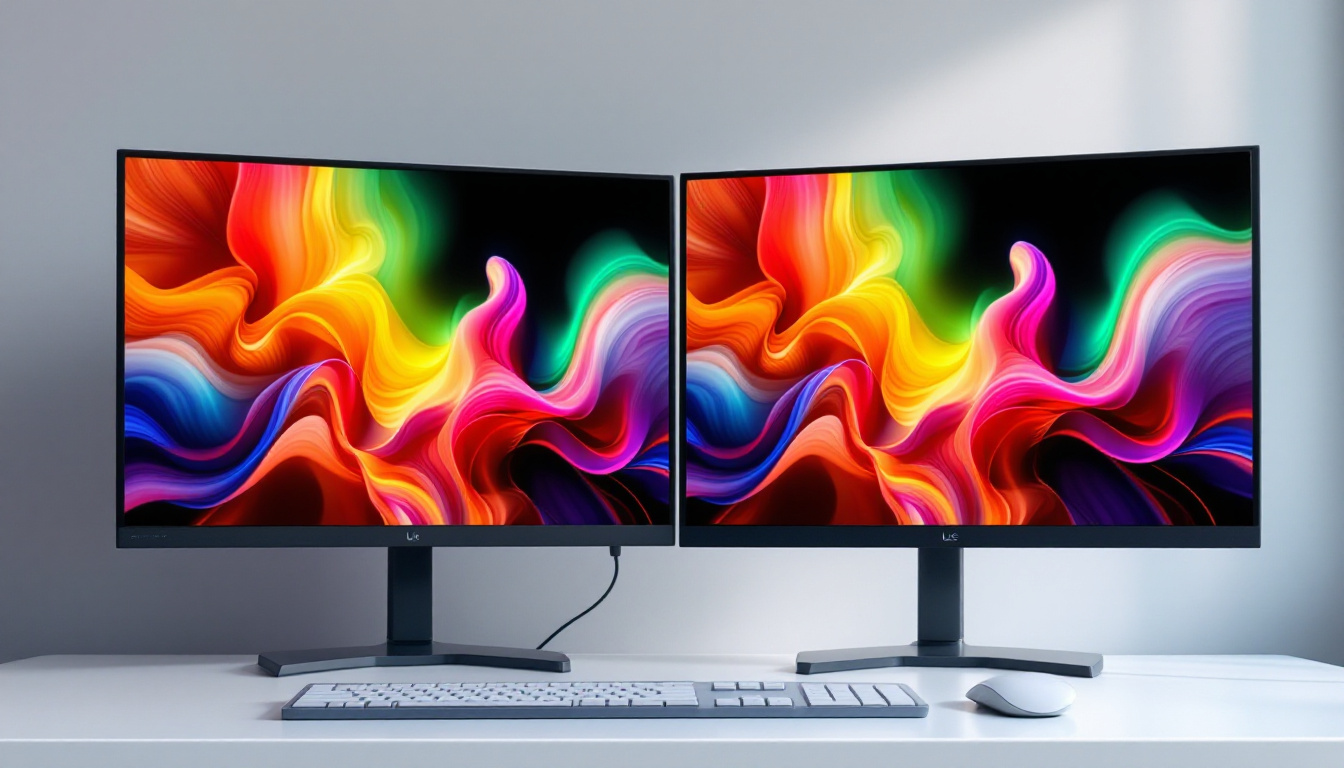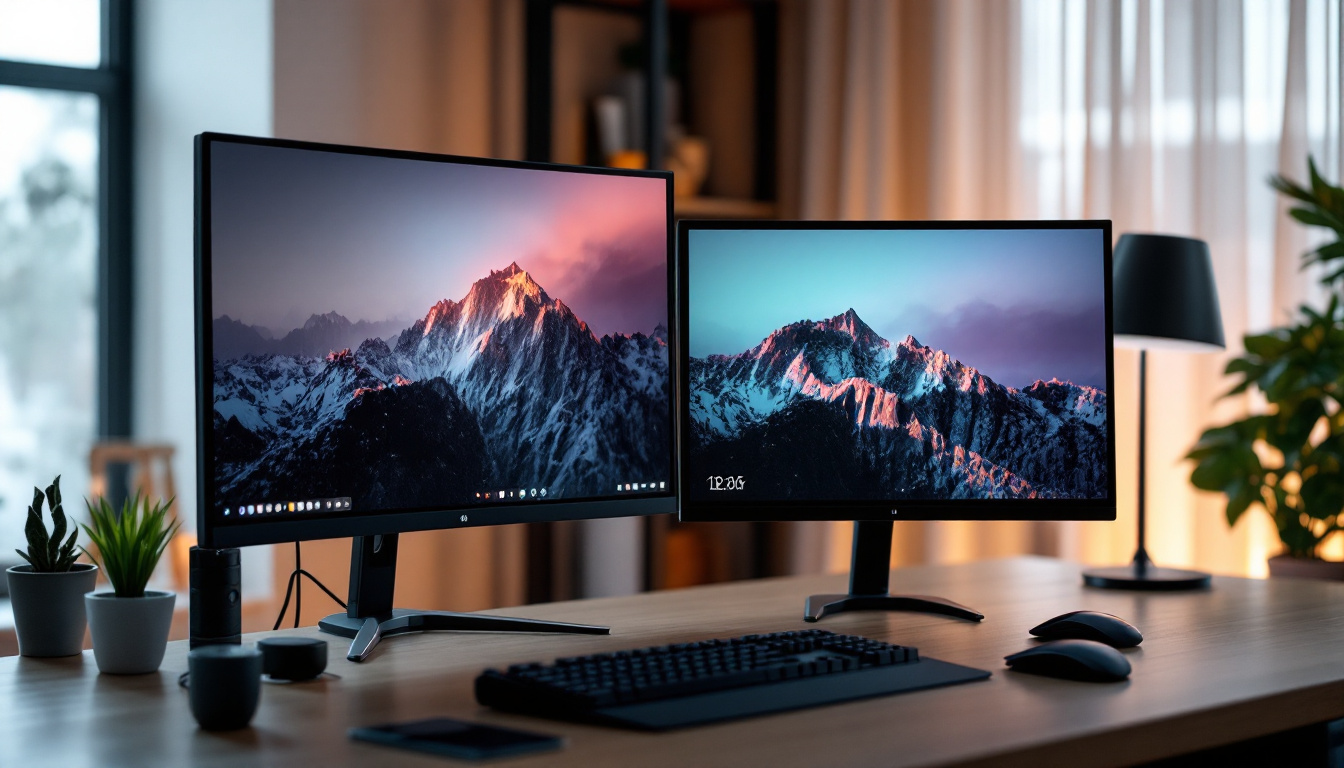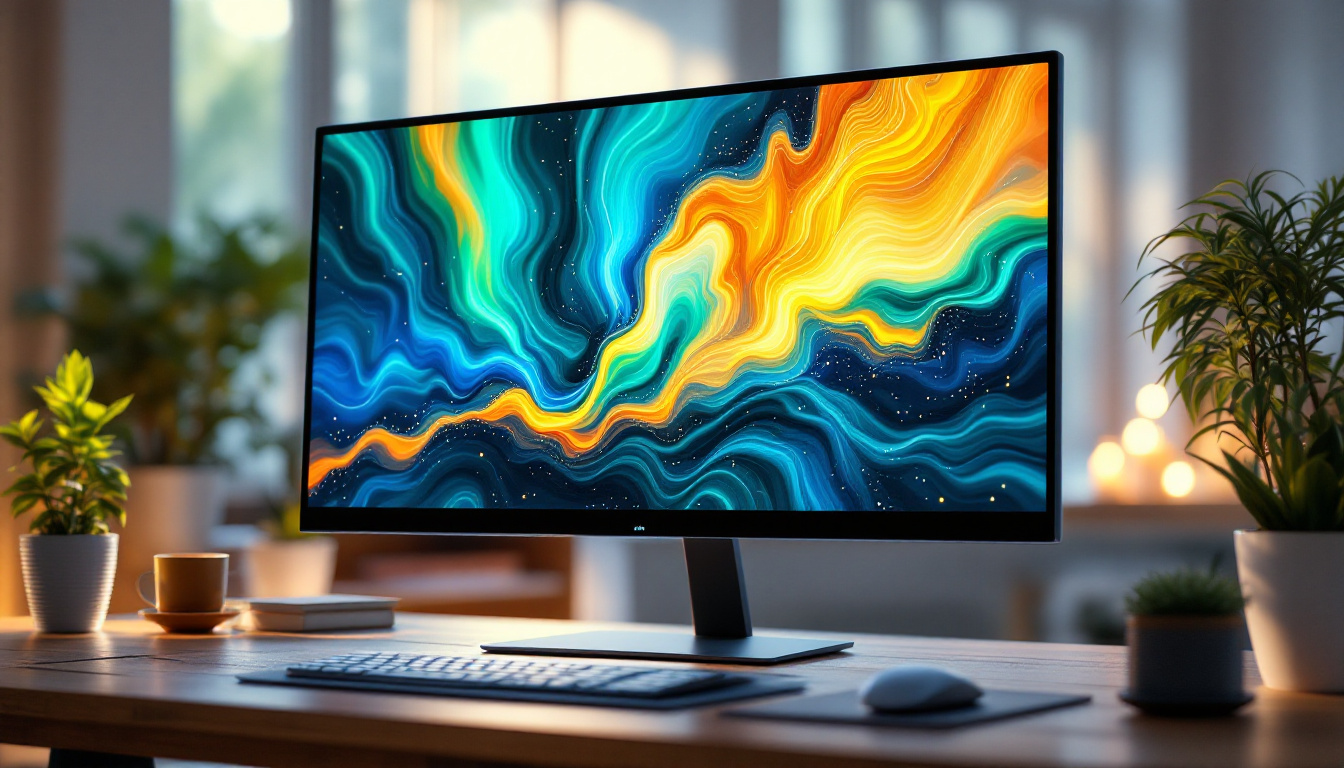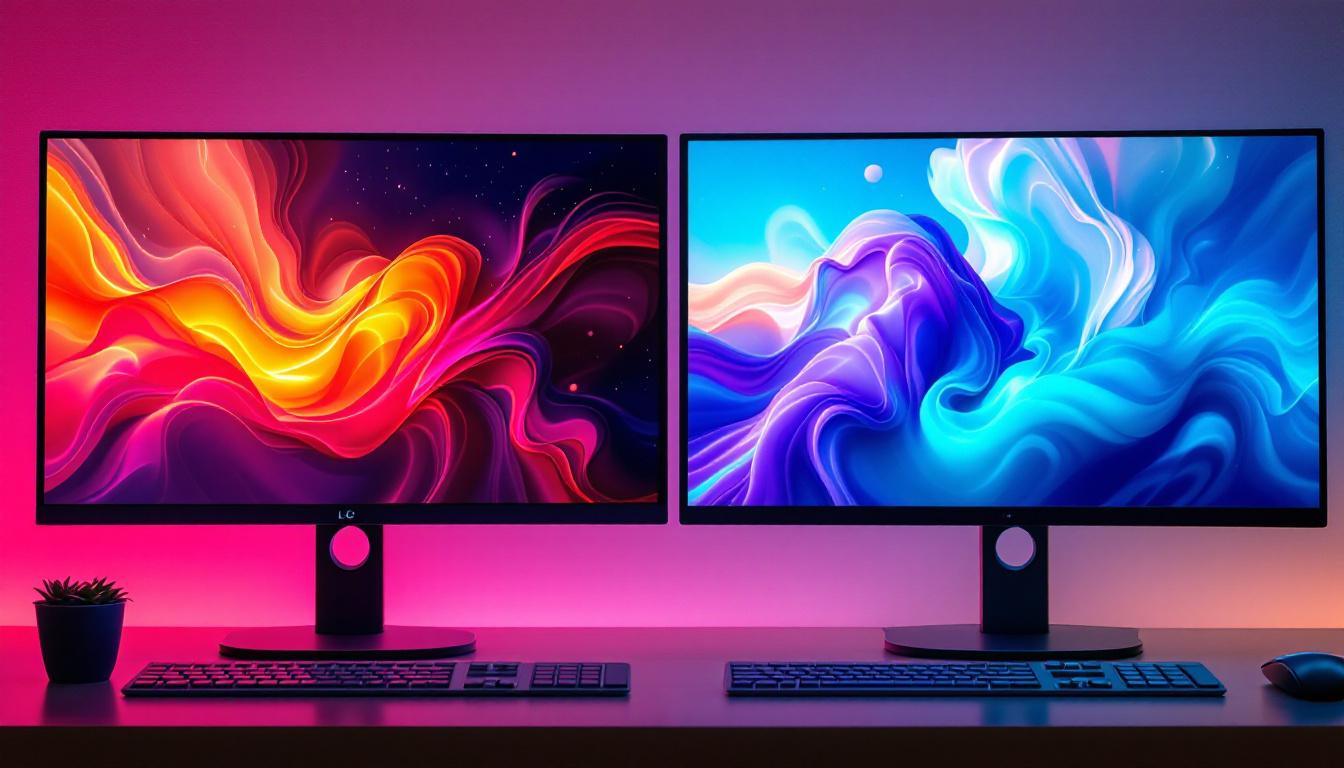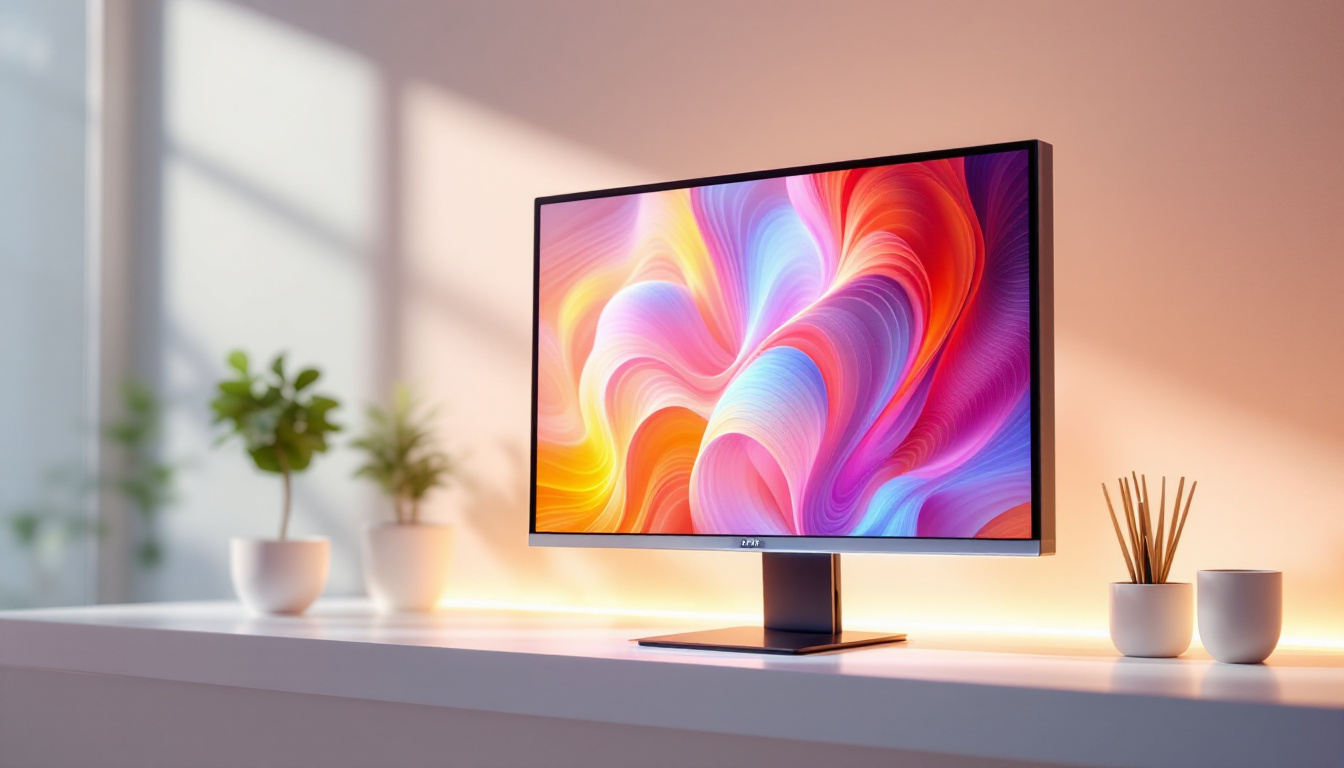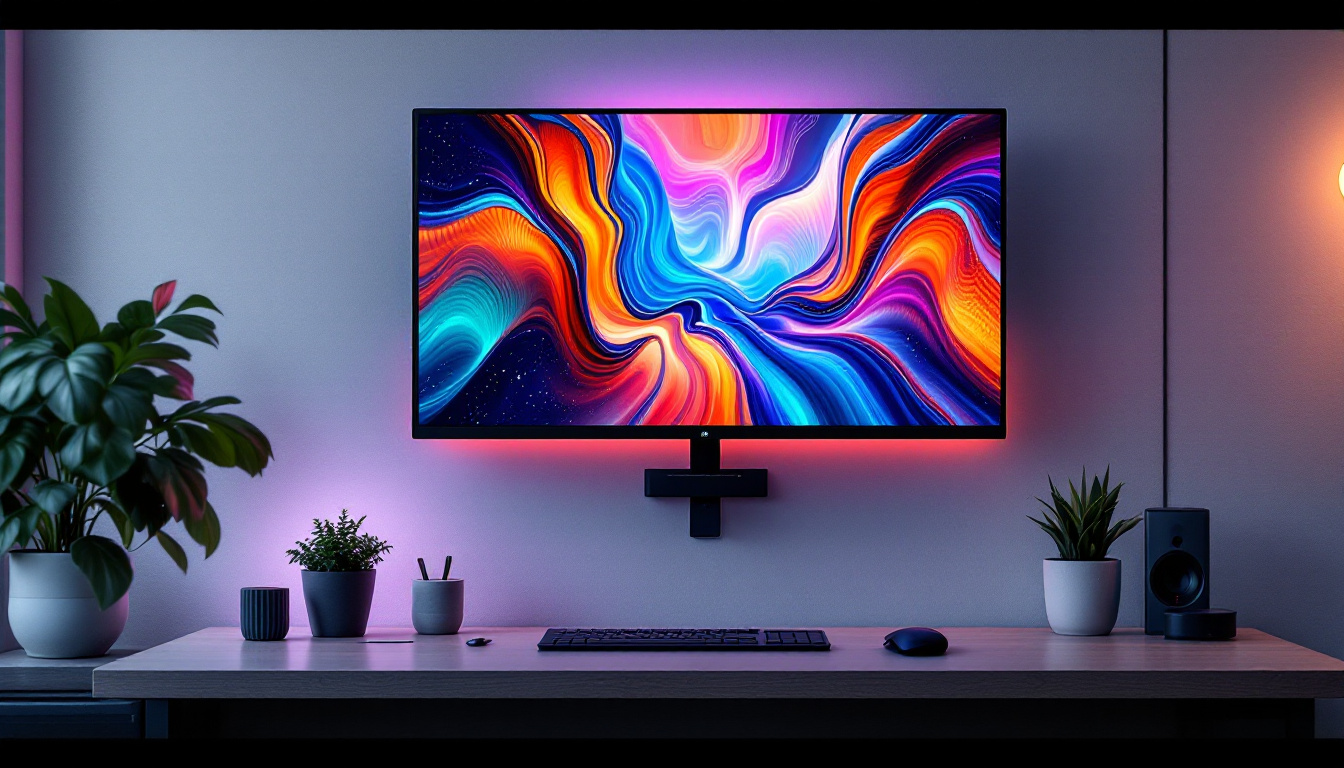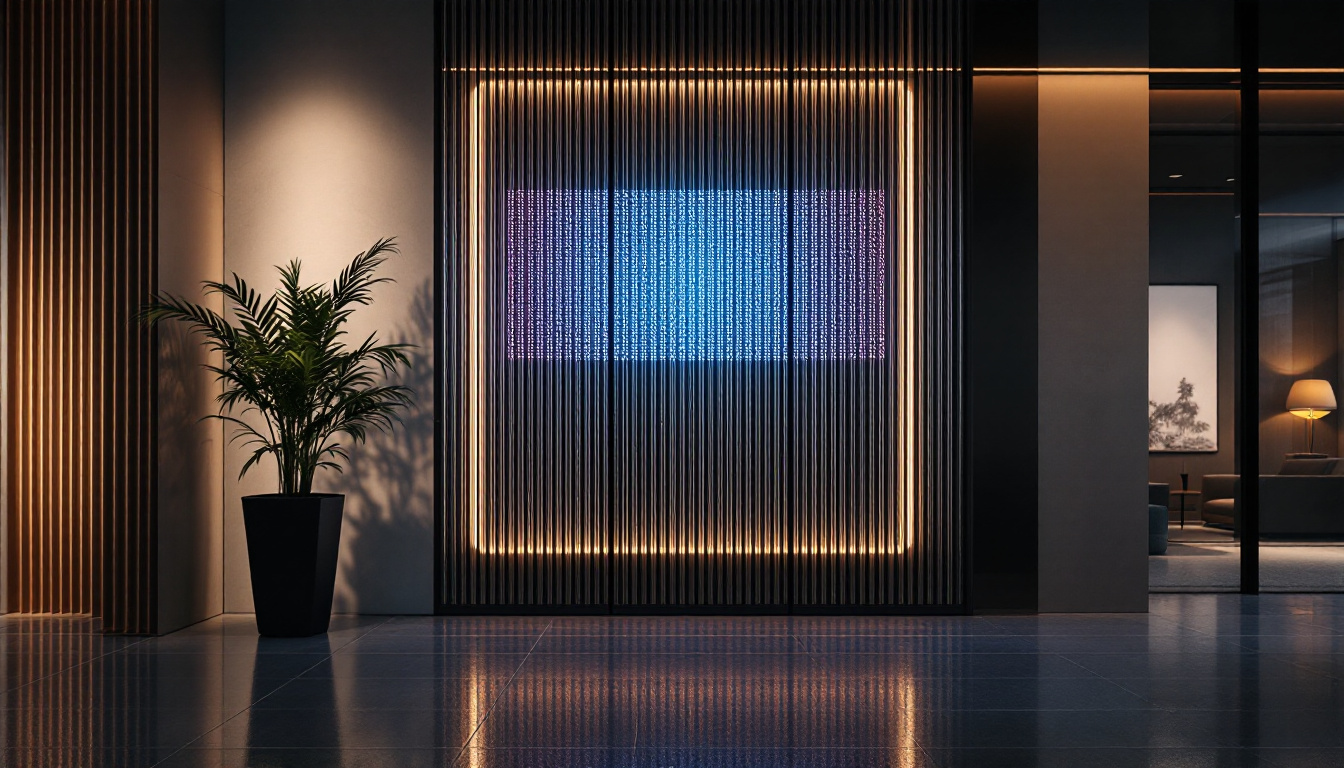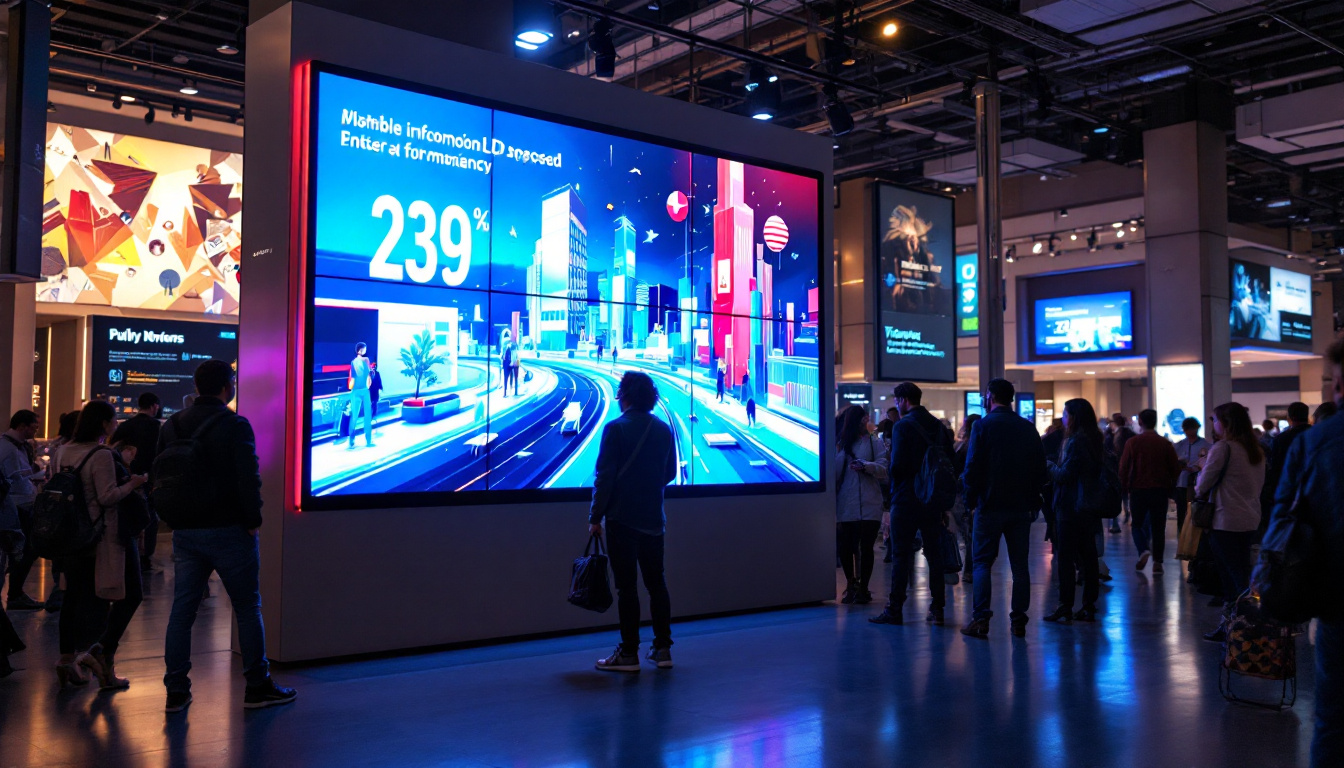15 LCD Computer Monitor: LED Display Explained
In the realm of computer displays, LCD (Liquid Crystal Display) monitors have become a staple for both casual users and professionals alike. With the introduction of LED (Light Emitting Diode) technology, the performance and visual experience of these monitors have significantly improved. This article delves into the intricacies of 15-inch LCD monitors with LED displays, exploring their features, benefits, and what makes them a popular choice in today’s market.
Understanding LCD Technology
LCD technology has revolutionized the way visual information is presented. It utilizes liquid crystals sandwiched between layers of glass or plastic, which manipulate light to create images. This technology has several advantages over traditional CRT (Cathode Ray Tube) monitors, including a slimmer profile, lower power consumption, and enhanced image quality. The transition from CRT to LCD has not only transformed personal computing but has also influenced industries ranging from entertainment to healthcare, where clear and precise visual displays are crucial.
The Mechanics of LCD Displays
At the core of an LCD monitor is the liquid crystal layer, which does not emit light by itself. Instead, it relies on a backlight to illuminate the display. The most common backlighting method is CCFL (Cold Cathode Fluorescent Lamp), but with advancements in technology, LED backlighting has gained popularity due to its efficiency and performance. LED backlighting not only allows for thinner displays but also enhances contrast ratios and color accuracy, making it a preferred choice for high-definition televisions and professional monitors used in graphic design and video editing.
Benefits of LCD Monitors
LCD monitors offer several advantages, including:
- Space Efficiency: Their slim design allows for easy placement in various environments.
- Energy Efficiency: Compared to CRTs, LCDs consume significantly less power, making them an eco-friendly choice.
- Image Quality: With high resolution and vibrant colors, LCD monitors provide a superior viewing experience.
Moreover, LCD technology has paved the way for innovations such as touchscreen displays, which have become ubiquitous in smartphones and tablets. The ability to interact directly with the screen has transformed user interfaces, making technology more accessible and intuitive. Additionally, advancements in LCD technology have led to the development of specialized displays, such as those used in medical imaging, where precision and clarity are paramount for accurate diagnostics.
Furthermore, the durability of LCD panels contributes to their widespread adoption. Unlike CRTs, which are susceptible to screen burn-in and require careful handling, LCDs are more resilient to physical impacts and can withstand prolonged usage without significant degradation in quality. This durability, combined with their lightweight nature, makes LCD monitors a practical choice for both home and professional settings, where mobility and longevity are essential considerations.
LED Backlighting: A Game Changer
LED backlighting has transformed the LCD monitor landscape. By replacing traditional CCFL backlights with LED technology, manufacturers have enhanced brightness, contrast, and color accuracy.
How LED Backlighting Works
LED backlighting involves using small diodes that emit light, providing a more uniform illumination compared to CCFL. There are two primary types of LED backlighting: edge-lit and full-array. Edge-lit LEDs are placed along the edges of the screen, while full-array LEDs are distributed behind the entire display, allowing for better contrast and brightness control.
Advantages of LED Displays
LED displays come with numerous benefits, including:
- Improved Brightness: LED backlights can achieve higher brightness levels, making them suitable for various lighting conditions.
- Enhanced Color Accuracy: The ability to produce a wider color gamut leads to more vibrant and true-to-life images.
- Longer Lifespan: LEDs typically last longer than traditional backlighting methods, reducing the need for replacements.
Why Choose a 15-Inch LCD Monitor?
The 15-inch LCD monitor strikes a balance between portability and usability. This size is particularly appealing for users who require a compact display without sacrificing performance.
Portability and Space Saving
For professionals on the go, a 15-inch monitor is lightweight and easy to transport. It fits comfortably on desks with limited space, making it an ideal choice for home offices, small workstations, or even as a secondary display for laptops.
Ideal for Specific Uses
While larger monitors are often favored for gaming and graphic design, a 15-inch LCD monitor serves specific needs exceptionally well. It is perfect for tasks such as word processing, web browsing, and basic photo editing, where high resolution is not as critical as screen real estate.
Key Features to Look for in a 15-Inch LCD Monitor
When selecting a 15-inch LCD monitor, several features should be considered to ensure it meets the user’s needs. These features can significantly impact the overall experience and performance of the monitor.
Resolution
The resolution of a monitor determines the clarity and detail of the images displayed. For a 15-inch monitor, a resolution of 1920×1080 (Full HD) is ideal, providing sharp visuals and enhancing productivity. Higher resolutions, such as 2560×1440, can offer even more detail but may come at a higher cost.
Connectivity Options
Modern monitors come equipped with various connectivity options, including HDMI, DisplayPort, and USB-C. Ensuring that the monitor has the necessary ports for compatibility with other devices is crucial for a seamless user experience. Additionally, built-in USB hubs can enhance functionality by allowing direct connections to peripherals.
Refresh Rate and Response Time
The refresh rate, measured in hertz (Hz), indicates how many times the image refreshes per second. A higher refresh rate results in smoother motion, which is particularly important for gaming and video playback. A response time of 5ms or lower is generally recommended to minimize motion blur.
Comparing LCD Monitors with LED Displays
While both LCD and LED monitors use liquid crystal technology, the distinction lies in the backlighting method. Understanding these differences can help users make informed choices based on their specific needs.
Performance Differences
LED monitors typically outperform traditional LCDs in terms of brightness and color accuracy. The ability to control individual LED zones in full-array displays allows for better contrast ratios, resulting in deeper blacks and brighter whites. This performance enhancement is particularly evident in multimedia applications.
Cost Considerations
LED monitors may come at a premium compared to standard LCDs, but the investment often pays off in terms of longevity and visual quality. Users should weigh their budget against the desired features and performance levels when making a decision.
Popular Brands and Models
The market for 15-inch LCD monitors with LED displays is diverse, with several reputable brands offering a range of options. Some notable brands include Dell, HP, and ASUS, each known for their quality and reliability.
Top Models to Consider
When searching for the perfect monitor, consider the following models:
- Dell P1510H: Known for its excellent color reproduction and ergonomic design, this model is a favorite among professionals.
- HP EliteDisplay E151: With its sleek design and adjustable stand, this monitor is perfect for office environments.
- ASUS VS159H: This budget-friendly option offers solid performance and a slim profile, making it ideal for home use.
Customer Reviews and Feedback
Before making a purchase, it’s beneficial to read customer reviews and feedback. Users often share their experiences regarding performance, reliability, and customer service, providing valuable insights that can influence purchasing decisions.
Setting Up Your 15-Inch LCD Monitor
Once a monitor has been selected, proper setup is essential to maximize its performance. This process includes physical placement, connection to devices, and configuration of display settings.
Physical Placement
Positioning the monitor at eye level can reduce strain on the neck and eyes. Using a monitor stand or adjustable arm can help achieve the ideal height. Additionally, ensuring adequate space for ventilation can prolong the lifespan of the monitor.
Connecting to Devices
Connecting the monitor to a computer or laptop typically involves using HDMI or DisplayPort cables. Ensuring that the correct input source is selected on the monitor is crucial for a successful connection. Some monitors may also support wireless connections, adding convenience for users who prefer a clutter-free workspace.
Adjusting Display Settings
After connecting the monitor, adjusting the display settings is essential for optimal viewing. This includes setting the resolution, adjusting brightness and contrast, and calibrating color settings. Many monitors come with preset modes for different activities, such as gaming or reading, which can enhance the user experience.
Maintenance Tips for Longevity
To ensure the longevity of a 15-inch LCD monitor, regular maintenance is key. Simple practices can help keep the monitor in optimal condition and enhance its lifespan.
Cleaning the Screen
Using a microfiber cloth and a gentle cleaning solution can help maintain the clarity of the screen. It’s important to avoid harsh chemicals or abrasive materials that could damage the surface. Regular cleaning not only improves visibility but also prevents dust buildup that can affect performance.
Software Updates
Keeping the monitor’s firmware up to date can enhance performance and fix potential bugs. Manufacturers often release updates that improve compatibility and add new features. Checking the manufacturer’s website periodically ensures that the monitor remains up-to-date.
Conclusion
A 15-inch LCD monitor with LED display technology offers an excellent balance of performance, portability, and value. With advancements in display technology, users can enjoy vibrant visuals and enhanced functionality, making these monitors suitable for a variety of applications. By understanding the features, benefits, and maintenance of these monitors, users can make informed decisions that enhance their computing experience.
As technology continues to evolve, the future of LCD monitors looks promising. With ongoing innovations in display technology, users can expect even better performance and visual experiences in the years to come.
Discover the Future of Visual Display with LumenMatrix
Ready to elevate your visual experience with the latest in LED display technology? LumenMatrix is at the forefront of innovation, offering a wide array of LED display solutions that cater to your every need. From stunning Indoor LED Wall Displays to dynamic Vehicle LED Displays and beyond, our products are designed to make your brand stand out and your message resonate. Embrace the future of visual communication with LumenMatrix and create unforgettable visual experiences. Check out LumenMatrix LED Display Solutions today and see the difference for yourself.

